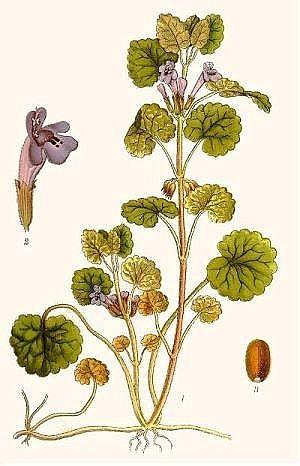
When the soul listens,
it speaks a language that lives
and softly whispers,
making itself heard.
Guido Gezelle
Connecting observations
A concept is made up of a coherent set of observations. Observations must always be connected, regardless of whether you are looking for a general barebones concept to cover the laws of nature, or for a concept to describe a specific situation. In conceptualisation, connections are established between different observations, or observations and knowledge.
There are two ways to connect different observations:
- You can connect observations in a structured, systematic manner. In effect, you are making a schematic model of reality. Such a model does not allow for your experiences or perceptions. You can record how a bird flies in the model, but you cannot describe the impression that it made on you. In this way, you more or less lose sight of reality. Making a schematic model of something produces something mechanical. You might even say that the 'organism' is replaced by a 'mechanism'. For example: a plant has shoots and grows in patches; it has a rectangular stem, fairly small kidney-shaped leaves, bluish purple labial flowers 1 to 3 cm in size, and the flowers are grouped in twos or fours in the leaf nodes. On the basis of this information, you might be able to identify this plant as ground ivy (Glechoma hederacea).
- You can distil a mental image from the observations. You work on the basis of the same observations, but also allow for your personal experiences and impressions. You connect many pieces of information with each other, but you will find that you stay closer to the actually observed reality because you are creating an image in which you can piece together all your observations. You construct a whole image of the plant on the basis of all the components of the plant. For example: in your mind's eye you can see the ground ivy. You not only see the shape of the leaves, but also their slightly faded green hue; you see how the flowers stand out just a little from the leaves; perhaps you can feel the rectangular shape of the stem and can smell the plant's scent; you can see the surroundings of the plant. The plant comes to life.
It is evident, then, that you participate in the observation, you have a part in it by the way that you connect your observations with knowledge. Do you seek the general or the specific, the external model or the internal image?

Ground ivy
Exercises
One student gives a lot of details about an object or situation without revealing what it is. Make a schematic model containing all the details and indicate the relationships between them. Then construct an image based on all the details. Describe the image. Describe the differences that you perceived between the two approaches. This exercise can be done by two groups, with one group drawing up a schematic model and the other group constructing an image of the information given.
